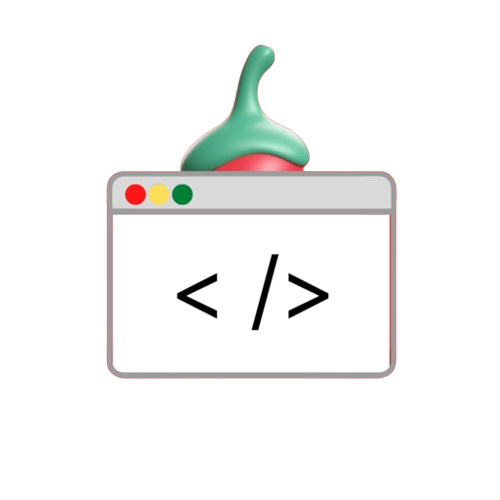Introduction
The demand for protective technology solutions has increased due to the COVID-19 pandemic. It has a serious impact on health around the world. Mask detection and thermal scanning are key elements in controlling the spread of the virus. Specifically in public, in this post we will talk about a unique Python project that combines artificial intelligence (AI), machine learning (ML), and sensor technology to detect face masks and body temperature. The aim is to help maintain a safe environment through automatic health monitoring and rapid response.
Project Overview
This project uses a Raspberry Pi 3 Model B, Pi Camera, relay, and non-contact infrared temperature sensor. and other sensors To build a robust COVID-19 monitoring system with real-time streaming and facial recognition The system can remember the use of masks. Measure body temperature and notify if a person does not meet safety criteria.
Project Objectives
- Face Detection: Recognize individual faces in real time using a live feed.
- Mask Detection: Detect if a person is wearing a mask using TensorFlow.
- Thermal Scan: Check a person’s body temperature with a thermal sensor. Automatic response: Automatically triggers the sterilizer if safety conditions are met or notify staff via email/message In case of violation.
How Does the Project Work?
The concept uses a Raspberry Pi microcontroller with a connected camera display. The system can do this by processing images from the camera:
- Indicate whether or not you are wearing a mask.
- Measure the person’s body temperature.
- Automatically trigger the sterilizer or send an alert if conditions are not met.
Technologies Used
This project consists of the following technologies:
- Artificial intelligence (AI)
- Machine Learning (ML)
- Intensive learning
- OpenCV
- Python
Required Skillset
To create this project you need:
- Have the ability to program Python.
- Knowledge of working with microcontrollers and sensors.
- Understanding of AI, ML, deep learning, and OpenCV.
Step-by-Step Implementation
The face mask recognition model is developed in four main steps:
- Model specifications: Set the model level and activation functions.
- Compilation: Set up the loss function and optimizer.
- Setup: Train the model with data.
- Predictions: Use trained models to make predictions.
Training and Deployment
The project can be divided into two main phases:
- Training steps:
- Load the face mask data set.
- Train the model using Keras or TensorFlow.
- Separate face mask recognition models for future use.\
- Deployment steps:
- Load mask detector.
- Find faces in live images.
- Classify each face as “masked” or “unmasked.”
Key Components and Functions
- Face introduction:
Recognizes faces and uses facial analysis to identify people. Detects and tracks facial features for consistent results.
- Basic knowledge about face masks:
Image scaling and color filtering using OpenCV The data is processed and normalized for the neural network model. MobileNetV2 is used to classify images.
- Temperature test:
Although thermal imaging cameras cannot diagnose COVID-19, they can help check body temperature as a basic health check.
- Notification system and hand washing gel:
If the criteria for using a mask and temperature are not met The system will send a warning signal. If all criteria are met The automatic sterilizer will be activated for contactless sterilization.
Block Diagram
The block diagram of the face mask detection and thermal scanner system shows the components connecting the Raspberry Pi to the sensors, relays, and sterilizer.
Real-World Applications
The project has a number of applications in high traffic areas of public health importance, such as:
- college
- hospital
- airport
- store
- train station
Conclusion
Face Mask Detection and Thermal Scanner is a practical Python project that combines AI, ML, and IoT to ensure public health safety. With this automation, organizations can enforce COVID-19 protocols and reduce the risk of spreading the virus. This project is for those who want to develop innovative health technology solutions in Python.

